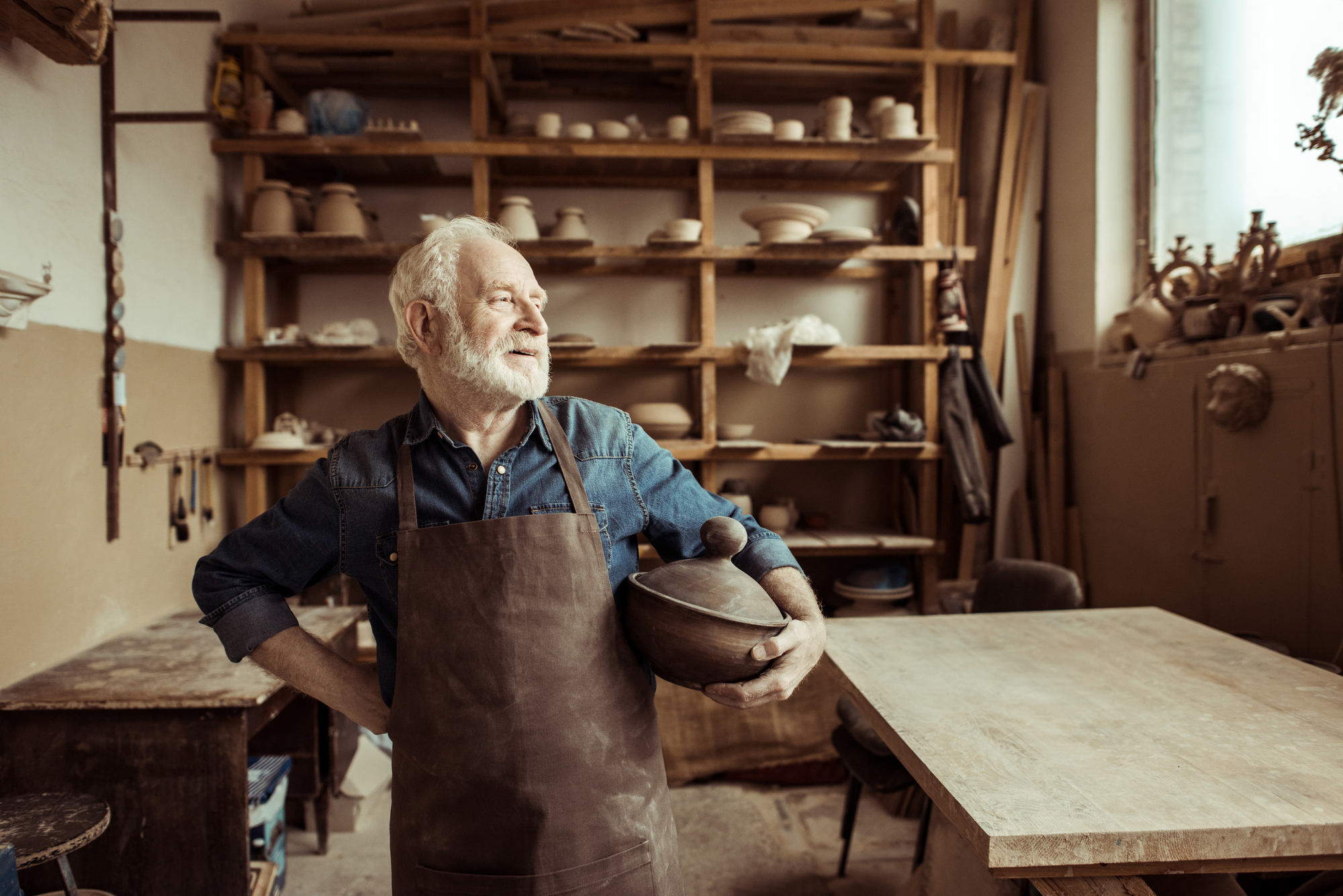These 12 habits are common in late bloomers.

You likely know people who peaked back in high school and haven’t really evolved since then, as well as those who were “late bloomers”, who peaked significantly later in life. Those who fall into the latter category tend to share many of the same daily rituals, which help them achieve their goals and become their ideal versions of themselves.
Some things in life are worth the wait, and through hard work and grit, these people discover that peaking later is no exception.
1. They keep moving to stay in peak condition.

People who peaked in their youth were likely naturally quite fit and flexible. In contrast, late bloomers need to work at remaining in the best physical condition they’re capable of. As such, they do some type of movement every day, from walking or weight training to yoga or dancing.
2. They proactively set goals to keep themselves on track.

What came easily to others in their youth might be a bit more difficult for more mature people to attain. As such, many people who peak later in life make a point of setting a few attainable, yet challenging or engaging goals each day to keep themselves motivated.
3. They track their personal growth and progress.

Some people like to keep gratitude journals, while others keep them as part of CBT practice, self-reflection, or simply keeping a record of personal growth. Whether they’re tracking fitness goals or making lists of books and films they’ve enjoyed, they set aside a portion of every day to keep themselves on track.
4. They continually develop skills that light them up.

Those who didn’t get the chance to develop various skills in their youth (either through lack of capability or opportunity) will put daily effort into cultivating the skills that matter to them. They might practice a musical instrument, study a language, do puzzles, or practice martial arts — whatever makes them happiest.
5. They dress in a way that’s right for them.

Late bloomers have an advantage over younger ones because they’ve had significantly more time to sort themselves out. Because of this, they can cultivate a sense of style that’s right for them, rather than going along with what everyone else is doing, leading to greater personal authenticity.
6. They adopt a spiritual mindset.

They’ll do some type of mindfulness pursuit, depending on their personal preferences, spiritual inclinations, and so on. Some might do guided meditations or recite mantras, while others might focus on presence, or have a set of prayers that they perform throughout the day as a personal ritual.
7. They prioritize self-care activities that work for them.

Self-care looks different for every individual, but later peakers understand the importance of taking care of themselves in the way that’s right for them. This might include a daily grooming ritual, or curling up at a specific time every evening with animal companions and an audiobook.
8. They maintain friendships they sincerely care about and don’t waste time on popularity.

Whereas younger people might have felt obligated to invest time and energy into a social circle to maintain popularity, those who come into themselves later in life put sincere effort into those who truly matter to them — even if it’s just a daily text to stay in touch.
9. They keep on top of their chores and life admin so that everything is in order.

This may sound strange to some people, but many late bloomers have learned the value of orderliness. As such, they’ll often ensure that dishes are washed, finances are sorted out, and essential chores are taken care of before they go to bed, rather than procrastinating about them.
10. They regularly check in with their partner, if they have one.

Those who started to cultivate romantic relationships later in life recognize their value and don’t treat them flippantly, like they’re easily replaceable. They’ll check in with their partner daily to see how they’re doing, how they can support one another, if there are any issues to work through together, etc.
11. They allow themselves to be comfortable with discomfort.

It’s a huge mark of personal development to be able to sit with discomfort and not rush to alleviate it. Those who peak later in life often cultivate resilience and self-mastery through exposure to some type of discomfort on a daily basis, rather than avoiding or running away from anything uncomfortable.
12. They accept and treat themselves with respect and grace.

Instead of berating themselves for perceived shortcomings, or regrets that they didn’t peak sooner, they accept where they’re at, and what they have to work with. As a result, they might do affirmations, or just take a moment to confirm that they’re doing the best they can, and accept that with grace.









